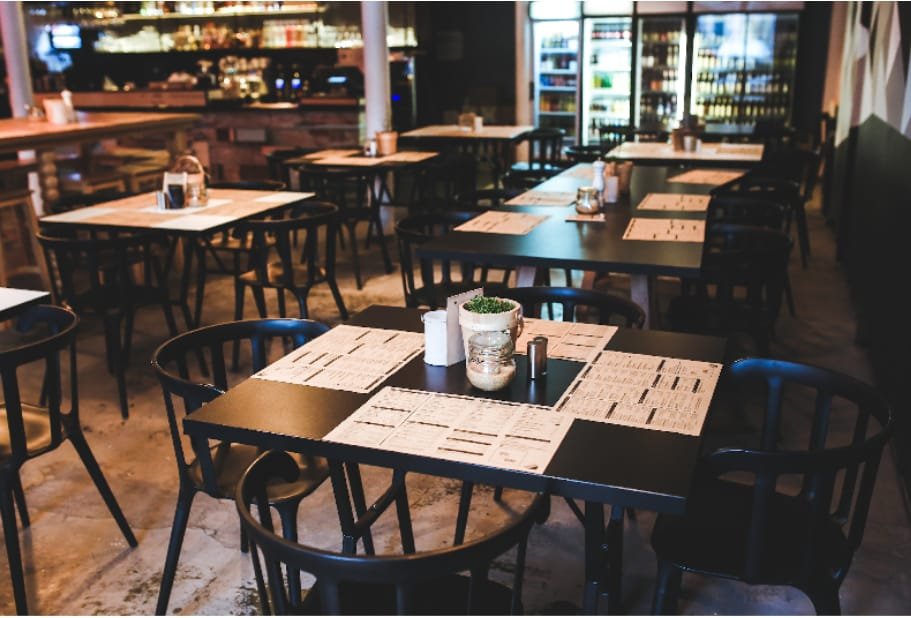When running a restaurant, you’re not just feeding patrons’ hunger; you’re also navigating a complex world of liabilities and risks that can threaten the very core of your business. Insurance isn’t just a safety net; it’s an essential part of your operational toolkit. In this comprehensive guide, we’ll peel back the layers of what restaurant insurance cost entails, how costs are calculated, and strategic ways to manage these expenses.
The Importance of Insurance for Restaurants
Before we jump into costs, it’s critical to understand why insurance is non-negotiable for restaurants. Beyond being a legal and regulatory requirement in many places, it’s the first line of defense against the numerous risks that come with serving the public. From accidental fires to customer slip-and-falls and even libel or slander claims, insurance can shield your business from financial ruin.
Types of Insurance for Restaurants
Property Insurance
This form of insurance provides coverage for your physical location and equipment, including damage from fires, storms, and vandalism. It’s your shield when the unexpected occurs and ensures you’re not footing the bill for major repairs.
Liability Insurance
General liability insurance is designed to protect your business from financial loss due to claims of injury or damage by customers or visitors to your restaurant insurance cost. A legal battle can be as costly as the claim, making this insurance invaluable.
Workers’ Compensation
For restaurants with employees, workers’ comp is usually mandatory. It covers medical treatment, disability, and death benefits for employees who may become injured or ill from job-related tasks.
Business Interruption Insurance
When the unexpected disrupts your business operations, business interruption insurance steps in to cover your lost income, ongoing expenses, and any extra costs you might incur during the period of closure.
Factors Influencing Insurance Costs
Understanding what determines the cost of your restaurant’s insurance is the first step in strategizing how to minimize it.
Location
The geographic location of your restaurant plays a significant role. If you’re in an area prone to natural disasters, crime, or with higher insurance claim rates, you can expect to pay more for coverage.
Size and Type of Restaurant
A small café serving pastries will have different insurance needs compared to a large-scale fine dining restaurant. The more complex your operations, the higher your coverage costs will likely be.
Annual Revenue
Insurance companies often use annual revenue as a factor in calculating premiums. The more you make, the more you have to lose in their eyes, which is reflected in the cost of your coverage.
Claim History
Your restaurant’s claim history is one of the most influential factors in determining your insurance premium. A track record of accidents and claims can lead to higher costs as you’re seen as a higher risk to the insurer.
Cost Breakdown
Average Costs for Different Types of Insurance
On average, property insurance can range from 1% to 4% of the property value, liability insurance can vary greatly but is often calculated based on your sales volume, workers’ comp is usually a percentage of your payroll, and business interruption insurance can be a bit more complicated, also tied to your revenue and what you would need to keep operating during a period of closure.
Additional Costs to Consider
The premiums you pay for coverage are just the beginning. Deductibles, which is the amount you agree to pay out of pocket before your restaurant insurance cost company kicks in, can significantly affect your overall insurance costs.
Tips to Manage Insurance Costs
Insurance is not an area where you want to cut corners, but there are smart strategies to keep costs down without sacrificing coverage.
Risk Mitigation Strategies
Investing in safety measures can lower your risk profile in the eyes of insurers, leading to lower premiums. This can include everything from installing proper fire suppressants to implementing food safety protocols and employee training.
Bundling Policies
insurance providers offer discounts when you bundle multiple policies together. By getting your property, liability, and other insurances from the same company, you could save a significant amount.
Regular Reviews and Updates
Your insurance needs will evolve over time as your business grows or changes. Review your policies annually to ensure you’re not over-insured but adequately covered.
By grasping the different types of insurance, understanding what impacts your costs, and implementing smart strategies, you can ensure your restaurant is both well-protected and cost-effective. Be proactive, stay informed, and remember that while insurance may seem expensive, it’s a small price to pay for the long-term security of your business.

